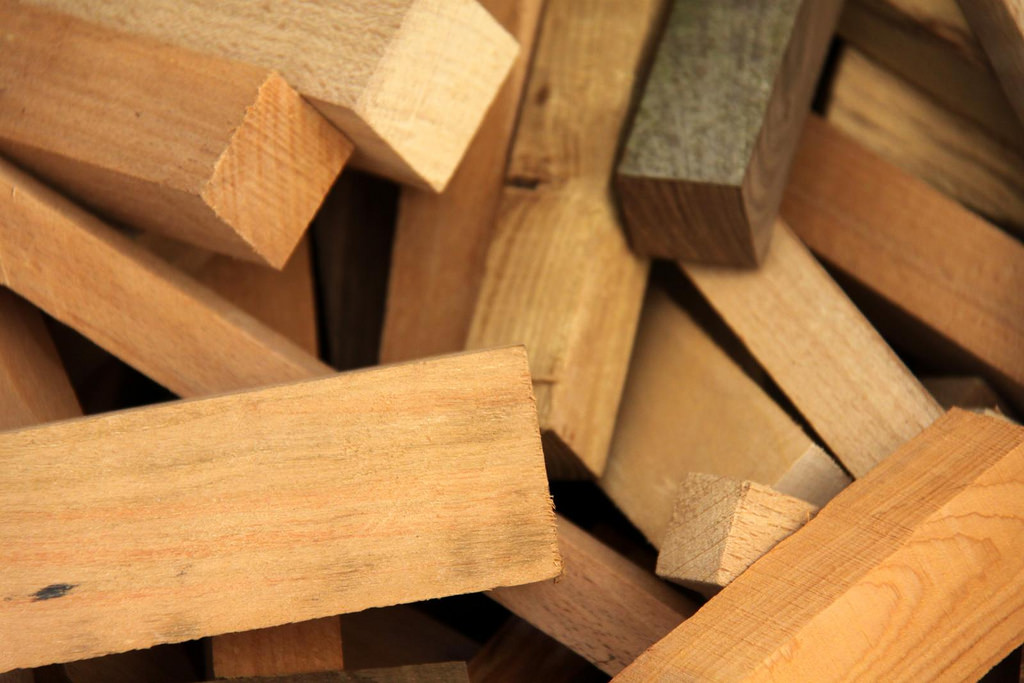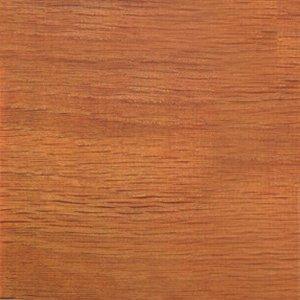Timber cladding is one of the most popular building materials in the UK. Known for its durability and attractiveness, timber cladding is easy to work with and offers great protection to your structures. Some people wonder, however, if they should treat their timber cladding. This is a user decision, but it should be an informed one. Here are some pointers for making the decision about whether or not you should treat your timber cladding.
Type of Wood
The biggest determining factor in whether or not to treat your timber is the type of wood you are using. Some types of wood are naturally resistant to bugs and rot. Cedar, for example, is very durable. It use in many outdoor applications is a natural choice, especially when used on sheds or as underpinning around buildings. Cedar has high amounts of tannin which repels termites and other bugs. This makes it invaluable in outdoor construction. It also resists rot, as it sheds water quite efficiently.
If you use cedar, you may want to leave it in its natural state. The warm tones of the wood are beautiful, and age to a silky grey through the years.
However, if you want to preserve the warmer colors of fresh cedar, then you will need to treat the wood. This can be done with a sealer. The sealer will keep the natural color rich and deep.
Other types of timber will have to be treated. Pine, fir, larch, and even hardwoods such as oak and maple must be protected from the elements. Cladding made from these species of wood must be sealed.
Types of Treatment
Wood that is particularly pretty, such as heartwood cedar or oak, look wonderful with clear sealant on it. This will protect it from water damage. This can be done with a penetrating oil or polyurethane. The oil is best used for cedar.
Stain is another popular application for timber cladding. The stain is usually tinted, and comes in different levels of transparency. For instance, you can get clear penetrating stain for pretty wood, or various tints such as red, blue, or green. This will absorb into the wood and help to protect it. A transparent stain will blend with the natural colors of the wood, without looking like the wood has been treated. The natural wood grains will show through.
Translucent stain will allow the stronger elements of the wood grain to show through, while tinting Shiplap cladding in the desired shade.
Opaque stain will appear to be more like paint. The difference between this treatment and paint is that the stain will penetrate the wood, rather than simply bonding to the top layer and resting on the surface of the cladding.
Paint will give you a great deal of flexibility with the finished look. The wealth of colors give you decorative choices.
Any treatment you use with your timber cladding will have to be repeated every few years. This will make it look great as long as you have it.


